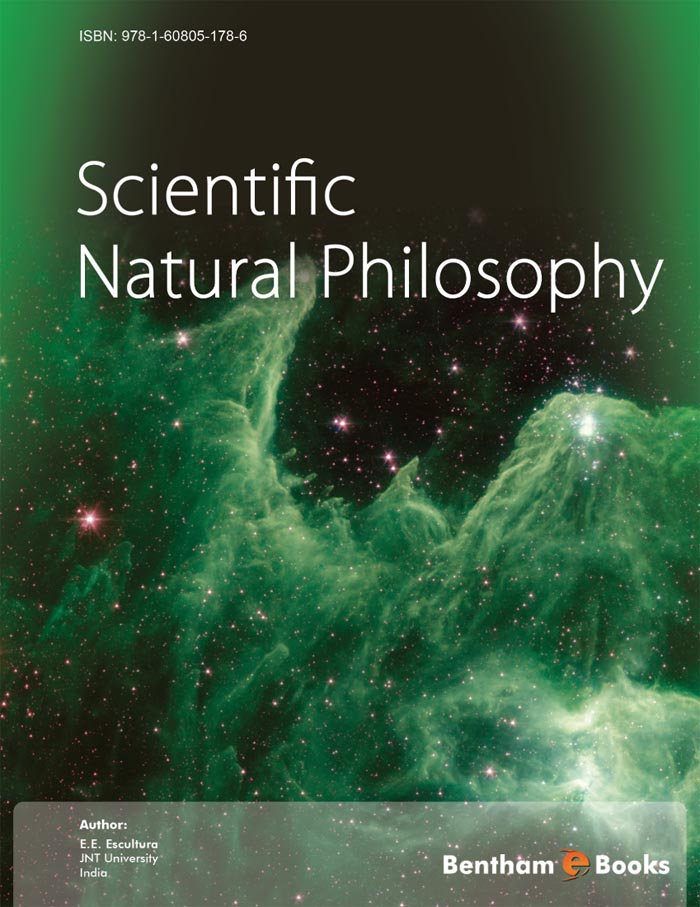Introduction
Scientific Natural Philosophy
explains the nature and content of scientific natural philosophy, particularly qualitative modeling, and updates scientific methodology by providing details of the mathematics involved. The book presents a total view of our universe, from the fractal superstring to its destiny as black holes back in to dark matter, and to the timeless and boundless ‘Universe’ where our universe is a local super, super galaxy. It stresses the various levels of complementarity between qualitative and quantitative modeling where the former solves and answers questions the latter could not and duality between quantum and macro gravity. It highlights new information from the Grand Unification Theory (GUT) missing in previous philosophical works such as the indestructible generalized nested fractal superstring, brain waves as common medium of the brain and gene for their functions. Moreover, it points to a new technological epoch brought about by the GUT based on utilization of dark matter towards elevating the quality of life. This comprehensive book provides an exciting perspective on this fascinating field to the reader. explains the nature and content of scientific natural philosophy, particularly qualitative modeling, and updates scientific methodology by providing details of the mathematics involved. The book presents a total view of our universe, from the fractal superstring to its destiny as black holes back in to dark matter, and to the timeless and boundless ‘Universe’ where our universe is a local super, super galaxy. It stresses the various levels of complementarity between qualitative and quantitative modeling where the former solves and answers questions the latter could not and duality between quantum and macro gravity. It highlights new information from the Grand Unification Theory (GUT) missing in previous philosophical works such as the indestructible generalized nested fractal superstring, brain waves as common medium of the brain and gene for their functions. Moreover, it points to a new technological epoch brought about by the GUT based on utilization of dark matter towards elevating the quality of life. This comprehensive book provides an exciting perspective on this fascinating field to the reader. explains the nature and content of scientific natural philosophy, particularly qualitative modeling, and updates scientific methodology by providing details of the mathematics involved. The book presents a total view of our universe, from the fractal superstring to its destiny as black holes back in to dark matter, and to the timeless and boundless ‘Universe’ where our universe is a local super, super galaxy. It stresses the various levels of complementarity between qualitative and quantitative modeling where the former solves and answers questions the latter could not and duality between quantum and macro gravity. It highlights new information from the Grand Unification Theory (GUT) missing in previous philosophical works such as the indestructible generalized nested fractal superstring, brain waves as common medium of the brain and gene for their functions. Moreover, it points to a new technological epoch brought about by the GUT based on utilization of dark matter towards elevating the quality of life. This comprehensive book provides an exciting perspective on this fascinating field to the reader.

